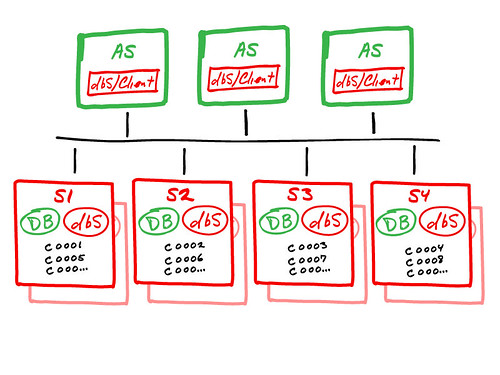DynaTrace's Top 10 Performance Problems taken from Zappos, Monster, Thomson and Co
 Wednesday, July 14, 2010 at 7:33AM
Wednesday, July 14, 2010 at 7:33AM DynaTrace in Top 10 Performance Problems taken from Zappos, Monster, Thomson and Co, has provided a useful compilation of performance problems, with potential solutions, that they've found while working with their clients.
- Too Many Database Calls - too many database query per request/transaction.
- Synchronized to Death - in a high-load or production environment over-synchronization results in severe performance and scalability problems.
- Too chatty on the remoting channels - too many calls across these remoting boundaries and in the end causes performance and scalability problems.
- Wrong usage of O/R-Mappers - incorrect usage of the framework itself too often results in unexpected performance and scalability problems within these frameworks.
- Memory Leaks - GC does not prevent memory leaks, it is important to release object references as soon as they are no longer needed.


















